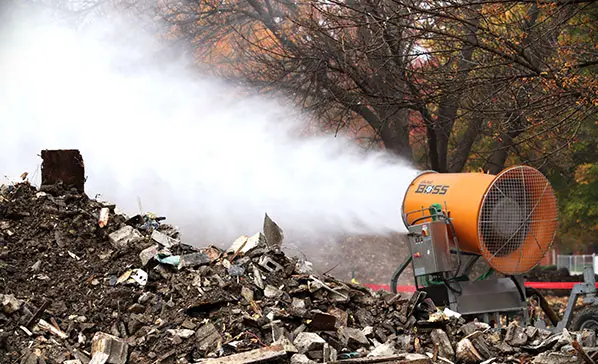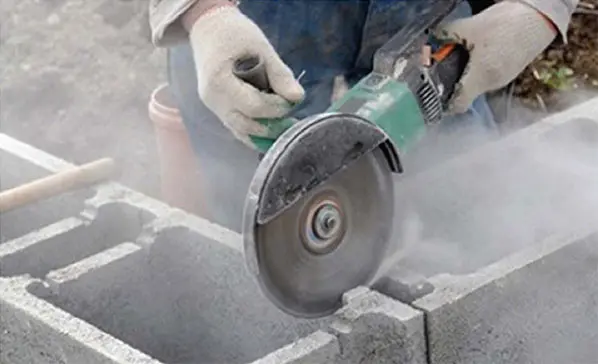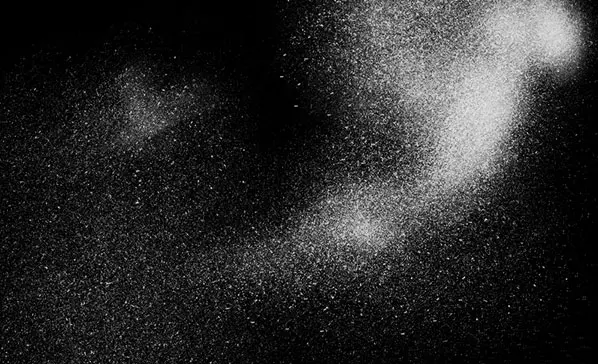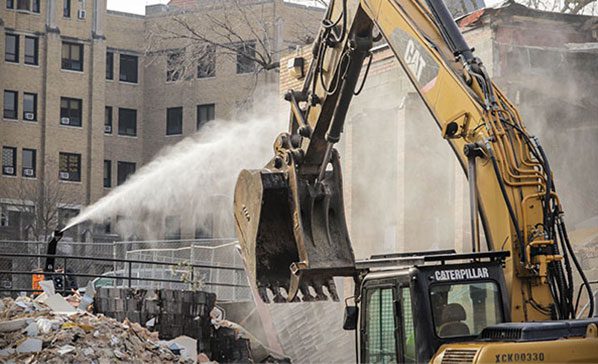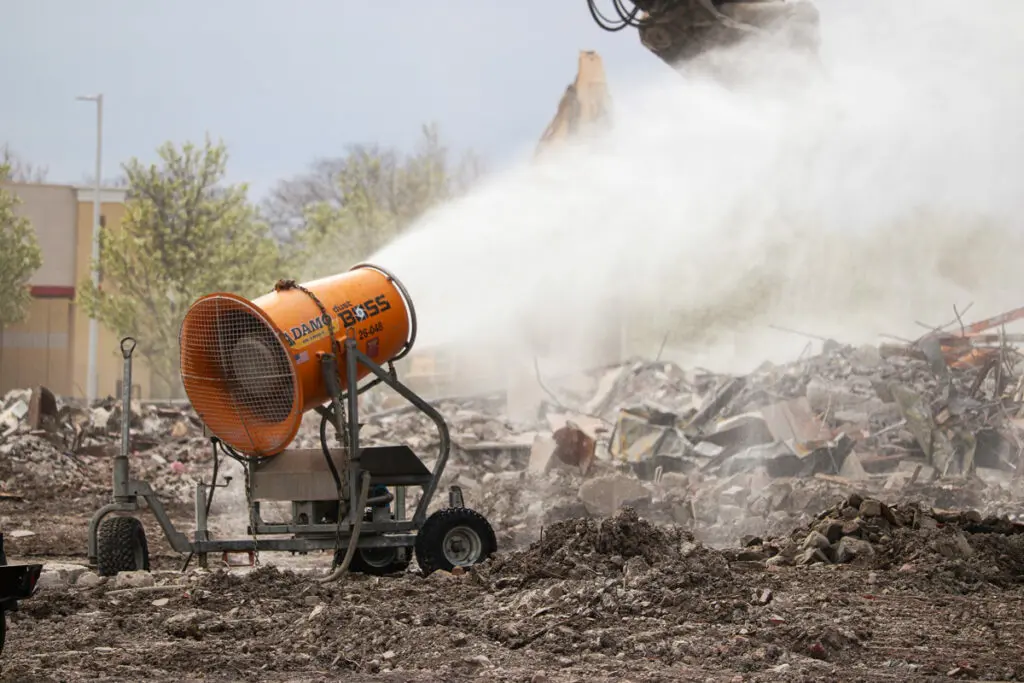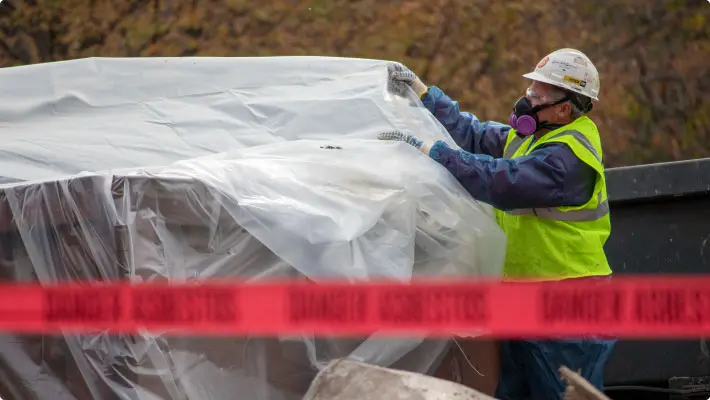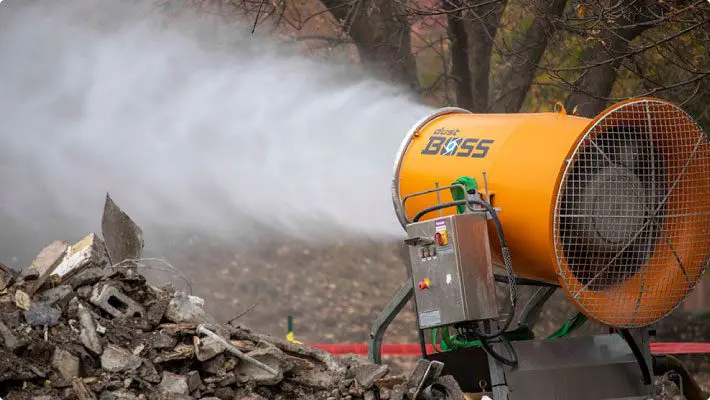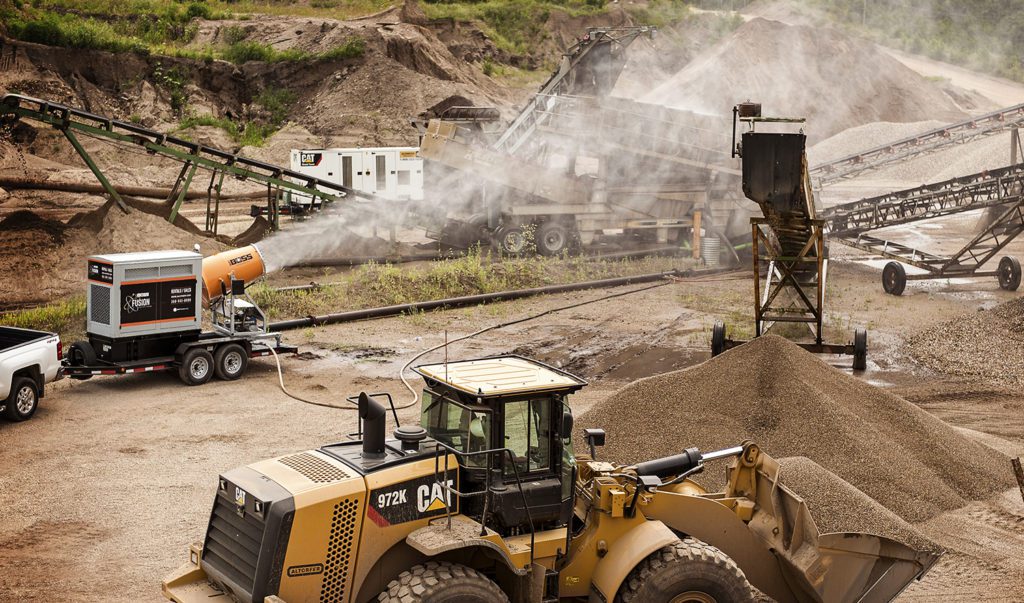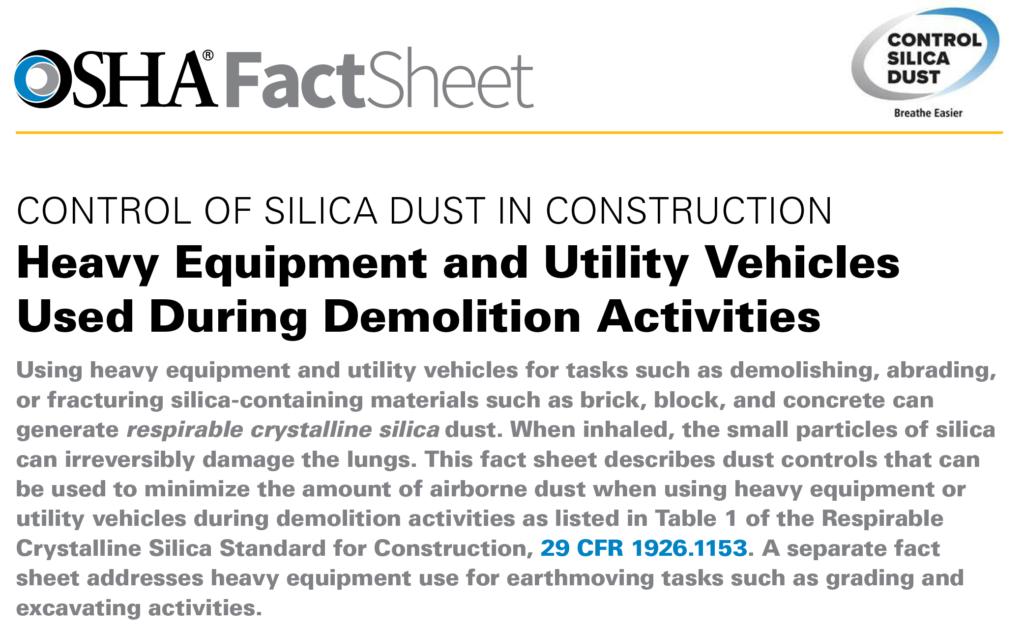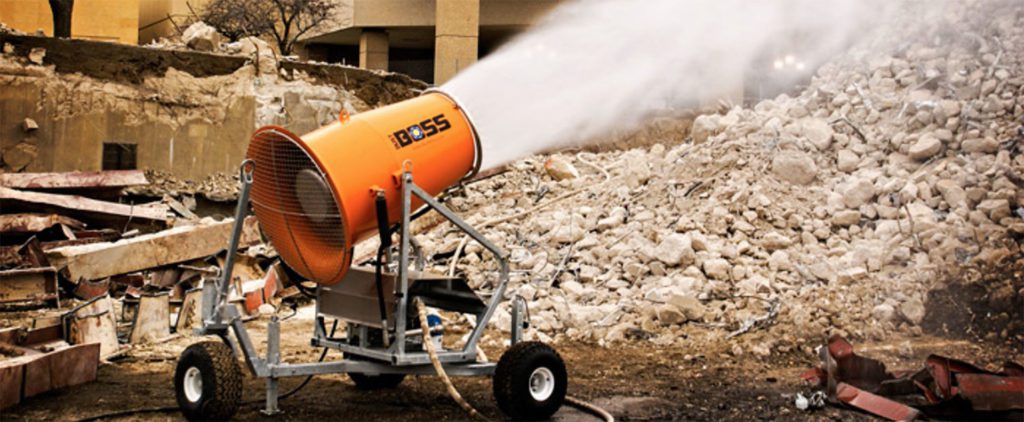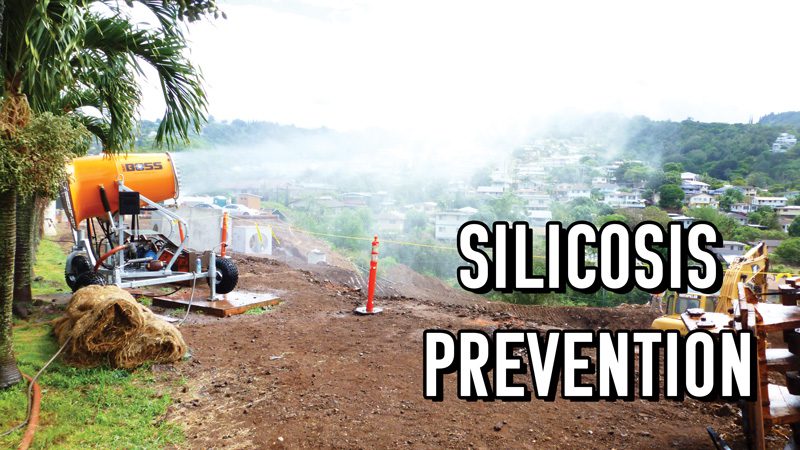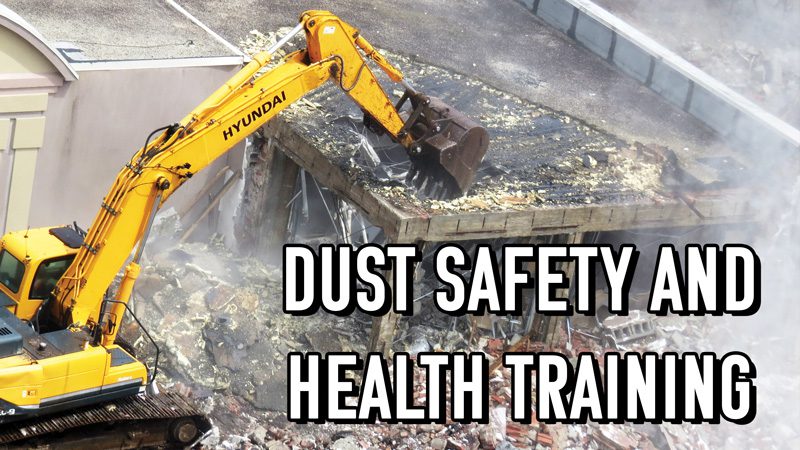NEW OSHA REGULATIONS FOR SILICA DUST CONTROL
If your workers experience prolonged and concentrated exposure to airborne silica, they are in danger of developing serious health problems like silicosis, chronic respiratory issues, lung cancer and kidney disease.
That’s why the U.S. Occupational Safety and Health Administration (OSHA) issued strict new guidelines[1] in 2016 for the permissible exposure limit (PEL) to these respirable crystalline silica (RCS) emissions.
OSHA Silica Compliance Deadlines
The following dates are final OSHA RCS regulation compliance deadlines:
- Sept. 23, 2017 — Construction industry
- June 23, 2018 — General industry, hydraulic fracturing and maritime
- Sept. 23, 2021 — Engineering Controls (such as water or ventilation); all other industries
New Airborne Silica Requirements
OSHA sets the personal exposure level (PEL) limit at 50 micrograms (µg) of respirable crystalline silica per cubic meter (m3) of air (50 µg/m3). This is over an eight-hour, time-weighted average.
The rule also stipulates requirements for:
- Exposure assessment
- Methods for controlling exposure
- Respiratory protection
- Medical surveillance
- Hazard communication
- Record-keeping
LEARN MORE ABOUT SILICA DUST CONTROL
Sources:
[1] Staff, “§1926.1153 Respirable crystalline silica”, Occupational Safety and Health Administration, United States Department of Labor. Washington D.C. June 23, 2016. https://www.osha.gov/silica/SilicaConstructionRegText.pdf
